PREVIOUS
SDG Goal wise programs of India – Part 03
November 15 , 2024
61 days
441
0
SDG Goal wise programs of India – Part 03
(இதன் தமிழ் வடிவத்திற்கு இங்கே சொடுக்கவும்)
National Social Assistance Programme (NSAP)
Launched:
- The National Social Assistance Programme (NSAP) was launched on August 15, 1995, as a Centrally Sponsored Scheme.
- It was introduced as part of the Indian Government's commitment to ensuring social welfare and extending assistance to vulnerable sections of society, in alignment with the Directive Principles of State Policy in the Indian Constitution.
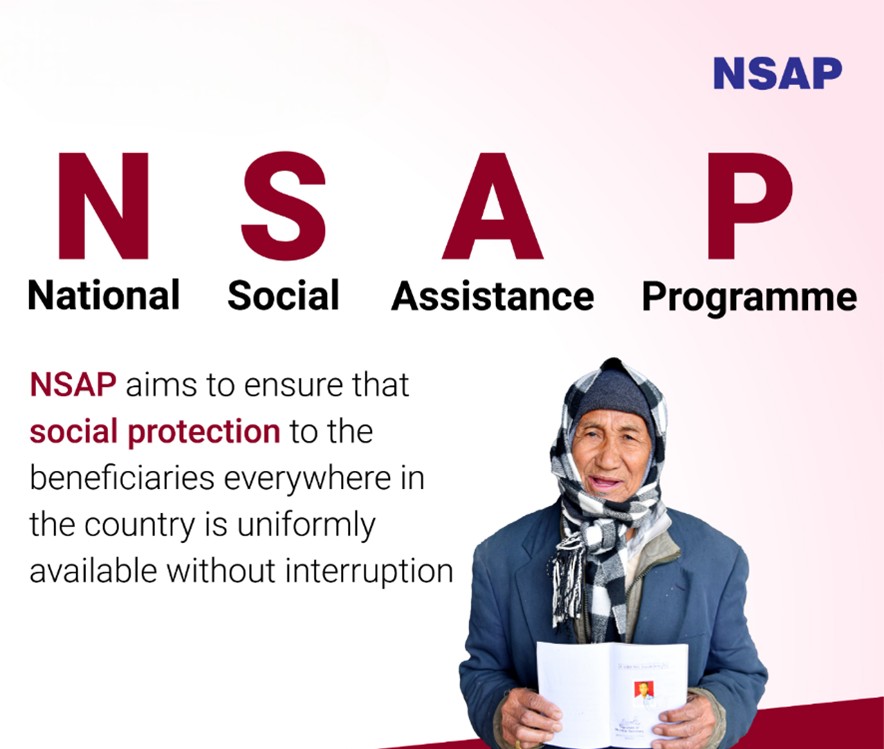
Ministry or Nodal Agency:
- The Ministry of Rural Development is the nodal agency responsible for overseeing the implementation of the NSAP.
- It operates in both rural and urban areas across India.
Objectives:
- The core objectives of the National Social Assistance Programme (NSAP) are:
- Provide Social Security: Offer financial assistance to vulnerable groups such as the elderly, widows, disabled persons, and families facing bereavement.
- Support Marginalized Communities: Focus on Below Poverty Line (BPL) households, ensuring that they receive the necessary aid to alleviate financial distress.
- Uplift Living Standards: Enhance the livelihood and standard of living for individuals and families in need, particularly in economically disadvantaged sections of society.
- Align with Constitutional Mandates: The program fulfils the provisions of Article 41 and Article 42 of the Indian Constitution, ensuring public assistance for unemployment, old age, sickness, disablement.
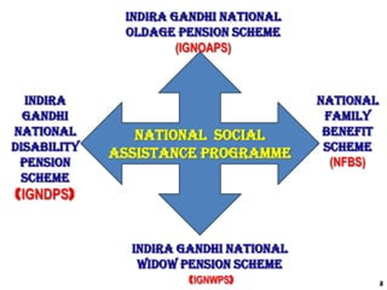
Beneficiaries:
- The primary beneficiaries of the National Social Assistance Programme include:
- Elderly Persons (aged 60 years and above).
- Widows (aged 40 years and above).
- Disabled Persons (aged 18 years and above with 80% or more disability).
- Bereaved Families (families that lose the primary breadwinner).
- Households Below the Poverty Line (BPL) across India.
Eligibility Criteria:
- The eligibility criteria for different schemes under NSAP are as follows:
Indira Gandhi National Old Age Pension Scheme (IGNOAPS):
- Eligibility: Individuals aged 60 years and above.
- Pension Amount: ₹200 for individuals aged 60-79; ₹500 for individuals aged 80 and above.
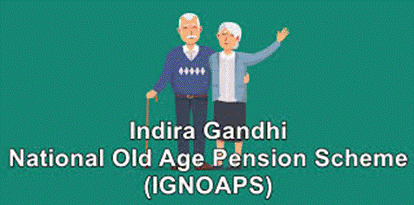
Indira Gandhi National Widow Pension Scheme (IGNWPS):
- Eligibility: Widows aged 40 years and above.
- Pension Amount: ₹300 for widows aged 40 and above; ₹500 for widows aged 80 and above.
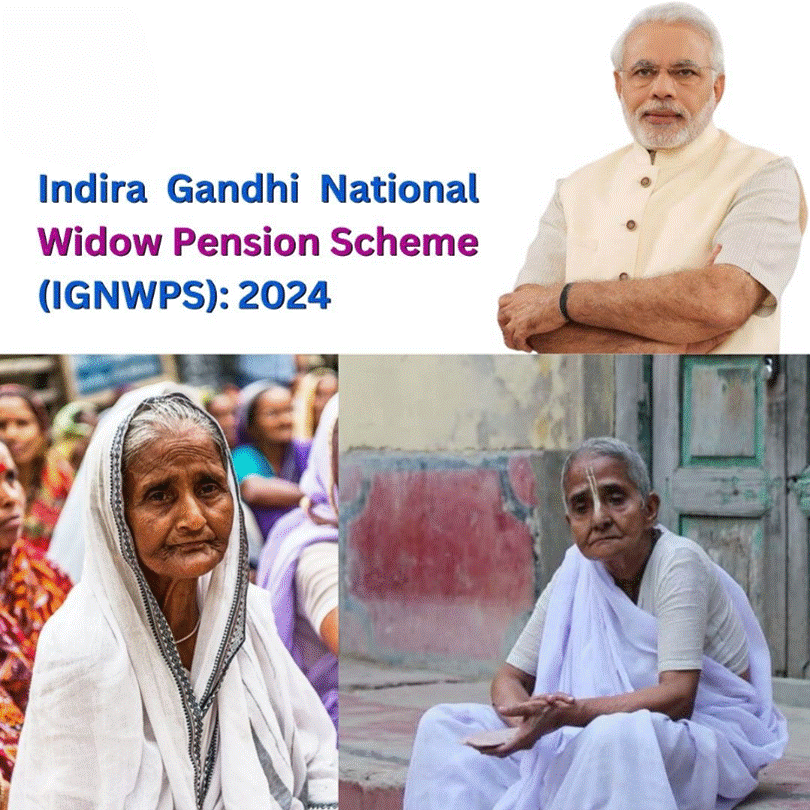
Indira Gandhi National Disability Pension Scheme (IGNDPS):
- Eligibility: Individuals aged 18 years and above with 80% or more disability.
- Pension Amount: ₹300 for individuals with a disability level of 80% or more; ₹500 for individuals aged 80 and above.
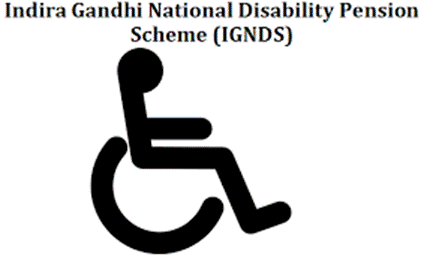
National Family Benefit Scheme (NFBS):
- Eligibility: Families of deceased breadwinners (from natural causes or other causes).
- Assistance Amount: Lump-sum amount of ₹20,000.
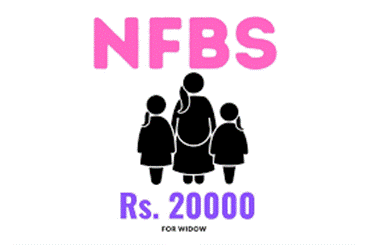
Annapurna Scheme:
- Eligibility: Senior citizens who are not covered under IGNOAPS.
- Assistance Amount: 10 kg of free food grains (wheat or rice) per month.
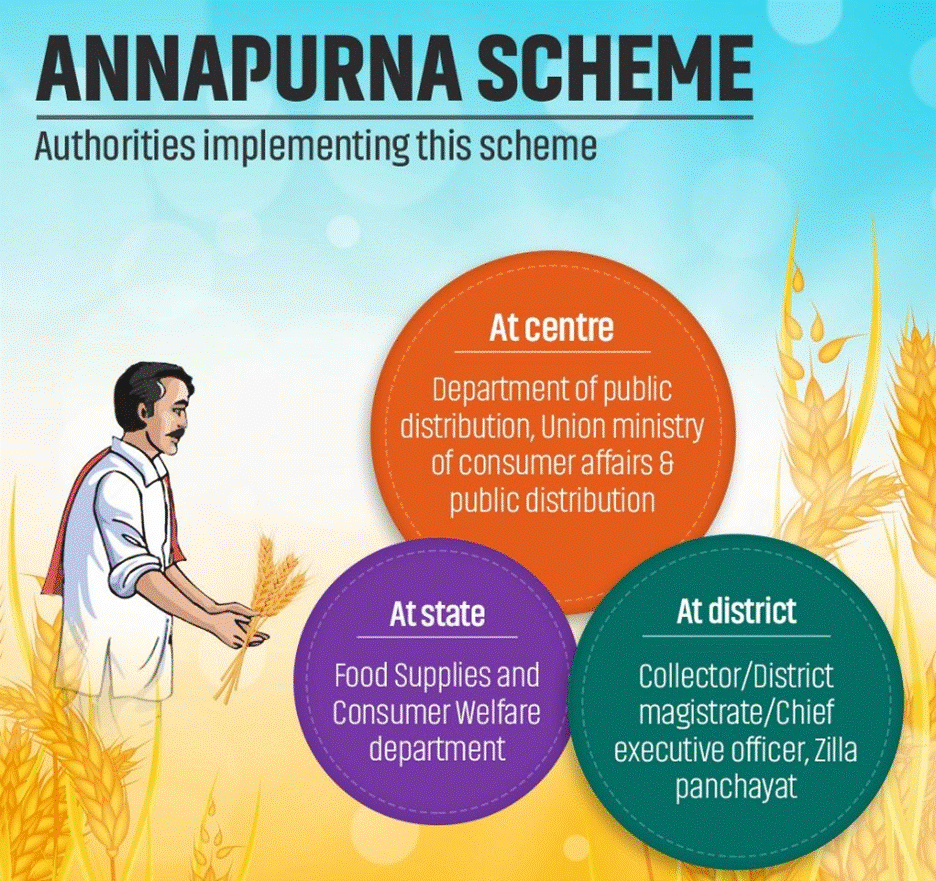
Benefits:
- The benefits under the various schemes of NSAP include:
Financial Assistance:
- Monthly pensions for elderly, widows, and disabled individuals.
- Lump-sum assistance of ₹20,000 to families of deceased breadwinners.
Food Security:
- 10 kg of free food grains per month under the Annapurna Scheme for eligible senior citizens.
Social Inclusion:
- The programme provides crucial financial support to those who might otherwise be excluded from social security benefits, such as individuals not listed under the BPL category.
Additional Information:
Components of NSAP:
- NSAP comprises several key schemes, including the National Old Age Pension Scheme (NOAPS), National Family Benefit Scheme (NFBS), National Maternity Benefit Scheme (NMBS) (which was later transferred to the Ministry of Health and Family Welfare in 2001), and the Annapurna Scheme.
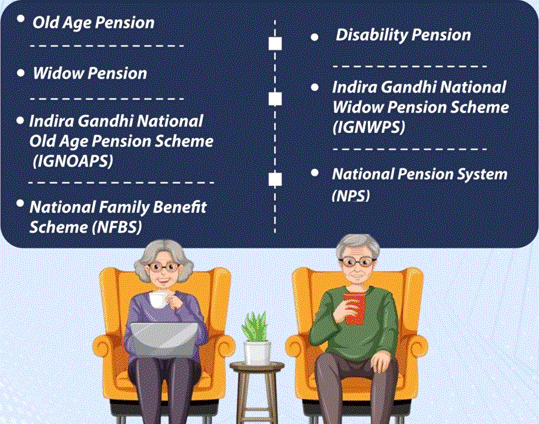
Atal Pension Yojana (APY)
Launched:
- The Atal Pension Yojana (APY) was launched on May 9, 2015, by the Government of India to provide social security to citizens, particularly those in the unorganized sector.
- It aims to ensure a fixed monthly pension for individuals after the age of 60.
Ministry or Nodal Agency:
- The Ministry of Finance is the concerned ministry responsible for overseeing the Atal Pension Yojana (APY).
- The scheme is regulated by the Pension Fund Regulatory and Development Authority (PFRDA).
Objectives:
- The primary objectives of the Atal Pension Yojana (APY) are:
- Income Security for the Elderly: To provide a guaranteed monthly pension ranging from ₹1,000 to ₹5,000 after the age of 60, ensuring social security to individuals, particularly from the unorganized sector.
- Support for the Underprivileged: Focus on providing pension benefits to poor, underprivileged, and unemployed individuals who are not covered under other pension schemes.
- Replacement for Swavalamban Yojana: APY was introduced to replace the Swavalamban Yojana, which had limitations and did not provide a guaranteed pension at the age of 60.
- Government Co-contribution: The government offers a co-contribution to eligible subscribers to encourage participation in the scheme, particularly for those who have not been part of any other pension scheme.
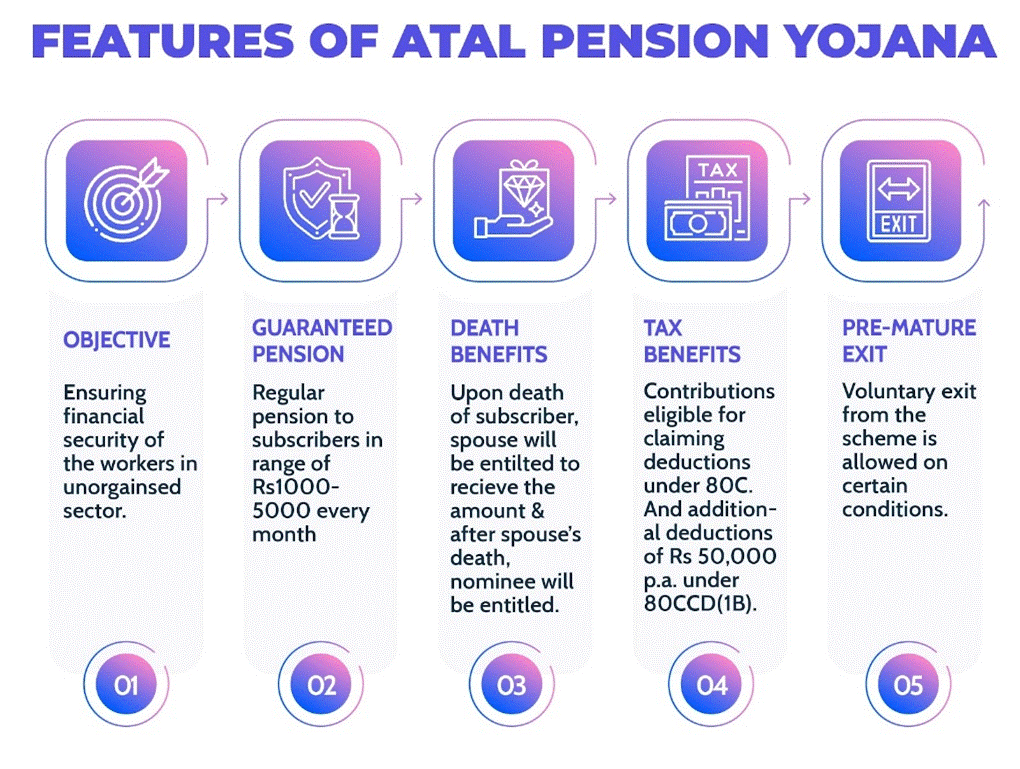
Beneficiaries:
- The beneficiaries of the Atal Pension Yojana include:
- Citizens of India who are not covered under any other pension scheme.
- Individuals in the unorganized sector who do not have access to formal pension schemes.
- People between the age of 18 and 40, who can start contributing to the scheme to receive a pension at the age of 60.
- Spouse and Nominee: In case of the death of the subscriber, the spouse continues to receive the same pension.
- Upon the death of both the subscriber and their spouse, the nominee will receive a lump sum payment.
Eligibility Criteria:
- The eligibility criteria for the Atal Pension Yojana are as follows:
- Age: The subscriber should be between 18 and 40 years of age at the time of enrollment.
- Bank Account Holder: The scheme is available to all bank account holders.
- Aadhaar Requirement: The subscriber must have an Aadhaar number, which is required for authentication and contribution.
- Non-taxpayer: The government will contribute to the pension for subscribers who are not income taxpayers and are not part of any other pension scheme.
- Contribution Amount: The contribution varies based on the age of the subscriber and the desired pension amount, with higher contributions required for later enrollment.
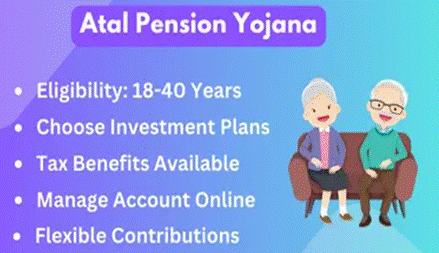
Benefits:
- The key benefits of the Atal Pension Yojana are:
- Guaranteed Monthly Pension: Subscribers will receive a fixed monthly pension ranging from ₹1,000 to ₹5,000 after they reach the age of 60, depending on their contribution.
- Government Co-contribution: For eligible subscribers, the government contributes 50% of the subscriber’s contribution or ₹1,000 per year (whichever is lower) for the first 5 years of enrollment.
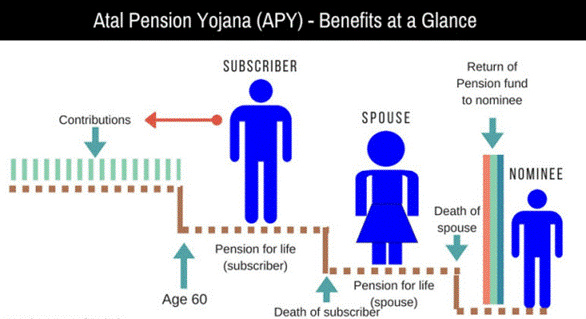
- Tax Benefits: Contributions to APY are tax-deductible under Section 80CCD (1), with an additional ₹50,000 deduction under section 80CCD (1B).
- Automatic Debit Facility: Contributions are made through auto-debit from the subscriber's bank account, making the process convenient.
Additional Information:
- Enrollment Process: The scheme is available to all bank account holders.
- Contributions can be made through recurring debit from savings accounts until the subscriber reaches 60 years of age.
- Government Contribution Period: The government contributes to the APY account for the first five years (from 2015-16 to 2019-20) for eligible subscribers.
- Penalty for Late Payments: Penalties for delayed contributions vary depending on the amount due.
- The penalty can range from ₹1 to ₹10 per month, depending on the contribution size.
- Account Deactivation: If there are no payments for 6 consecutive months, the account is frozen. If no payment is made for 12 months, the account will be deactivated.
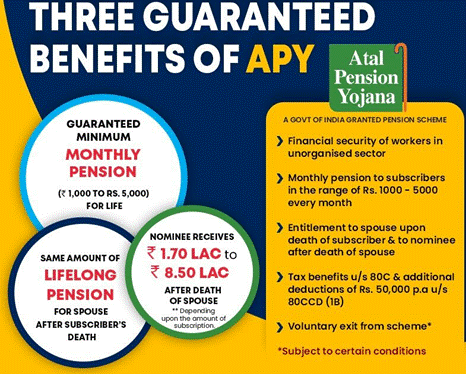
- After 24 months of non-payment, the account will be closed.
- Success and Enrollments: As of May 2020, the Atal Pension Yojana had enrolled over 2.23 crore subscribers, with significant year-on-year growth since its launch.
- The scheme has seen increasing participation across all states, with a notable male-to-female subscription ratio of 57:43.
-------------------------------------
Leave a Reply
Your Comment is awaiting moderation.


